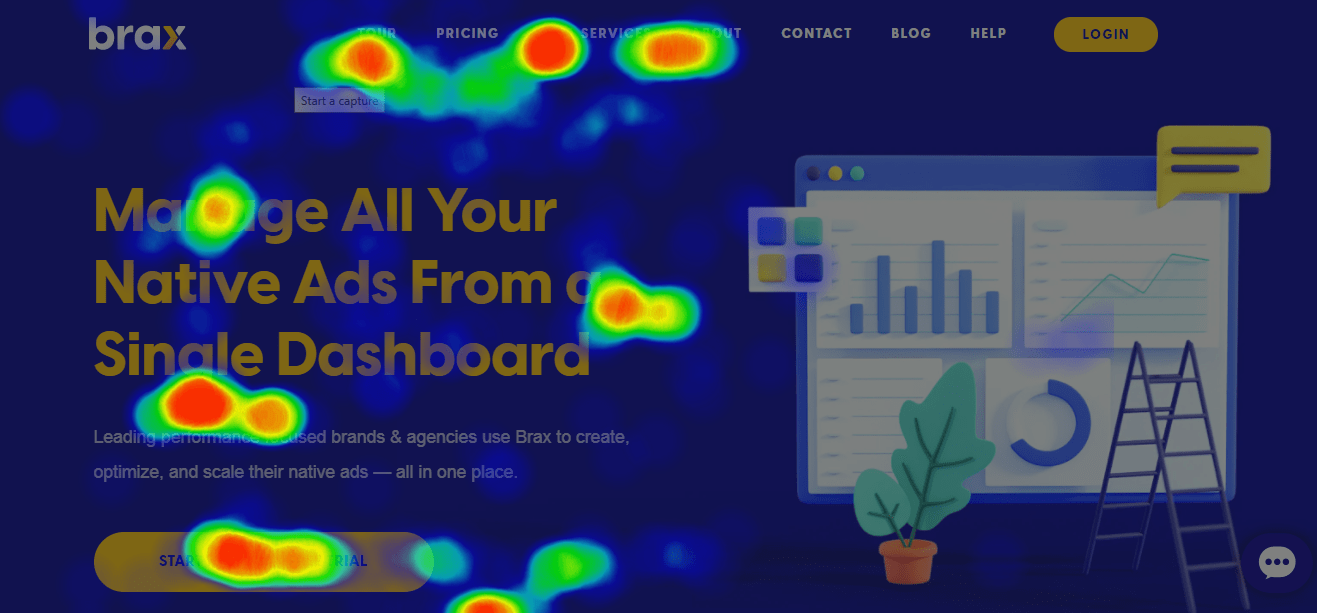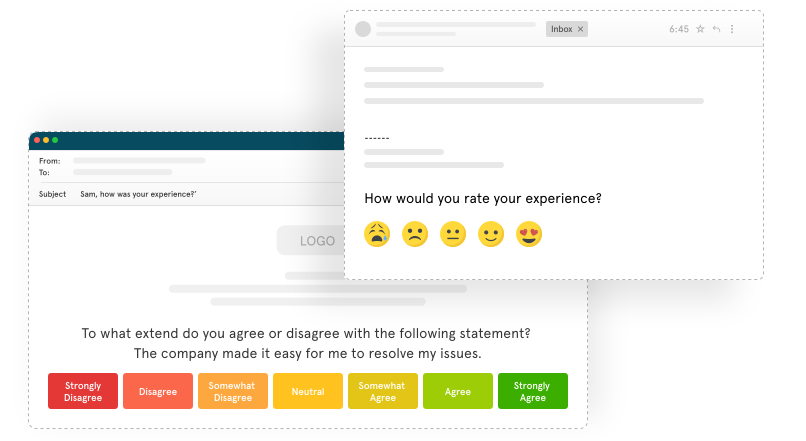First Party Data

Expert Writer
November 17, 2025

Expert Writer
November 17, 2025
First-party data in marketing is the quiet workhorse behind modern campaigns. It originates from fundamental interactions, not vague profiles scraped from elsewhere. If growth depends on relevance, first-party data is the raw material that makes every touch feel timely and accurate.
First-party data is the information you gather through places you run and control – your website, mobile app, checkout, connected devices, support chat, store Wi-Fi, and post-purchase surveys. It can be a name or email, a row of orders, products viewed, session depth and time on page, in-app events, coupon use, ratings and reviews, or the preferences someone sets. Because it’s collected first-hand, you know where it came from, when it was captured, and the consent attached to it, which makes it traceable and trustworthy.
In day-to-day work, this data sits where product analytics meets customer relationships. It ties behavior to context, so small moments turn into something you can act on. A cart created but never checked out – that’s first-party data. A runner finishing a training plan in a fitness app and leaving a quick rating – also first-party data. A subscriber tweaking notification settings or updating a shipping address – same story.
Three words: specific, timely, owned. Unlike third-party bundles bought from a broker, this data mirrors your real audience and their paths. With explicit consent and data ownership, it usually carries fewer privacy headwinds and a lower ongoing cost. Teams lean on it to personalize messaging, power predictive models, cut wasted spend, and smooth the experience across channels.
Put simply, it turns real interactions into timely actions. It also supports targeting on your own surfaces and grounds, truly data-driven decisions instead of guesswork.
There’s a measurement upside, too. When campaigns run on first-party data, they reach people who browsed, bought, or signaled intent. Reporting fed by that same stream avoids odd sampling artifacts and shows what happened after delivery – did someone open, tap, keep browsing, purchase, churn, or come back? Product folks use it to spot friction points; lifecycle marketers use it to time gentle nudges that lift user engagement and, over time, improve customer retention.
First-party data is collected by your brand; second-party data is simply someone else’s first-party dataset shared with you through a partnership, a co-marketing program, a marketplace agreement, or a clean room. First-party data offers complete visibility into collection methods and consent. Second-party data can expand reach or enrich profiles, but trust depends on the partner’s standards. When combining them, anchor decisions in first-party data and treat second-party data as a complement.
First-party data originates in owned channels where relationships are direct. Third-party data is compiled by brokers or platforms with no direct tie to your customers, historically via third-party cookies, mobile ad IDs, or broad crawls. Privacy regulations like GDPR and CCPA, platform shifts, and cookieless marketing trends are shrinking third-party signals. As those pipes narrow, first-party data grows more central to targeting, measurement, and modeling. Accuracy, recency, and consent make it durable when signals elsewhere fade.
Zero-party data is information customers deliberately share – preference centers, quizzes, style profiles, explicit intents. Many teams store zero-party data alongside first-party data in a customer data platform (CDP) or customer relationship management (CRM) system. Zero-party data augments first-party data with declared context that is hard to infer from behavior alone.
Use first-party pixels, SDKs, and event tracking to record page views, taps, scroll depth, searches, and conversions. First-party data from analytics reveals user behavior patterns you can act on – which pages lead to signups, which flows cause drop-off, and which features correlate with activation. With privacy-first implementation, it stays tied to consent and purpose.

Instrument in-app events that reflect real value moments: onboarding completed, first order placed, plan upgraded, workout finished, level cleared, or device paired. First-party data from these signals fuels lifecycle triggers and predictive models. Rich event schemas make it easier to query and join with downstream systems.
Signup forms, progressive profiles, NPS and CSAT surveys, and preference hubs are classic first-party data sources. Keep them short, earn the right to ask for more, and explain why the data helps. When users can control topics and frequency, first-party data quality improves and opt-outs fall.

Receipts, order lines, refunds, shipping confirmations, and support tickets generate first-party data. Connecting commerce systems and help desks to your CDP or data management platform (DMP) ensures that this data flows into a single view that segments and models can use.
Tie all first-party data to a durable user ID, manage user consent, and respect privacy regulations. Good governance makes it reliable, portable, and audit-ready. Document purposes and retention windows, and align teams on data privacy and how it is activated across omnichannel marketing.
Mobile experiences thrive on immediacy. First-party data from app sessions, push opt-ins, device language, geo-level signals, and purchase actions lets teams respond to context in minutes, not months. As third-party trackers fade on iOS and Android, first-party data from apps becomes the backbone of targeting and measurement. Careful behavior tracking and fair value exchanges underpin personalization without feeling invasive.
Imagine a fitness app. First-party data shows that a user prefers evening workouts, pauses coaching videos after 90 seconds, and buys protein every third week. That first-party data can shape an in-app tip after a session, a recommendation in the store, and a gentle reminder via push. When consent allows, it also steers cross-device continuity – start a plan on mobile, continue on web, pick it up on a smartwatch. In short, first-party data keeps the experience coherent even when screens change.
To adapt onboarding flows, use first-party data from first session events, skipped steps, and early success moments. If search is the first action, surface better filters; if users stall at payments, simplify the form. First-party data here often moves activation more than any copy test.
Blend behavioral first-party data with zero-party preferences to rank content or products. For example, first-party data on watch time and replays in a media app can elevate the next clip. In e-commerce, first-party data on size, color, and return risk reduces frustration and returns.
Cart and browse abandonment, replenishment intervals, trial to paid prompts, and win-back journeys run on first-party data. A pattern suggesting churn can trigger a survey, an in-app check-in, or a targeted offer. The same first-party data helps suppress irrelevant messages, protecting the user experience.
Tie delivery, opens, taps, views, and purchases back to people and sessions using first-party data. With a CDP stitching identities, it supports attribution models that survive cookie loss and walled gardens. Teams see which nudges compound and which channels cannibalize.
When consent allows first-party data to seed privacy-aware lookalikes or on-property retargeting, instead of spraying ads to broad segments, it narrows the audience to people who signaled real intent. When first-party data drives the pipe, guardrails and frequency caps are easier to enforce.
List the top events, fields, and decisions your team makes weekly. Map which systems generate first-party data, store it, and activate it. Trim fields no one uses. Clear purpose turns first-party data into outcomes rather than overhead.
Explain what you collect, how it powers value, and how users control it. Use layered prompts, not walls of text. Store consent state with the profile so activation respects choices across channels. Trust accelerates the volume and richness of first-party data.
Adopt a customer data platform to unify streams and standardize event names and attributes. When schemas are stable, first-party data becomes discoverable and safe to reuse. Downstream tools – analytics, marketing automation, ads – consume the same first-party data without brittle mappings.

Define segments with plain-language rules rooted in first-party data: active readers, first-time buyers, at-risk subscribers, power users. Good user segmentation and suppression logic keep campaigns focused. When models are added, ensure features are derived from clean first-party data.
Use first-party data to reshape navigation, defaults, timing, and content density. A quiet mode for night readers, a quick-add for weekly shoppers, and a shorter path to re-order are powered by first-party data and felt more than seen.
Pick a handful of KPIs and trace them to first-party data sources. Build closed-loop dashboards that combine delivery, engagement, and revenue. When experiments run, store assignments and outcomes as first-party data, so learnings compound.
Limit who can view raw first-party data, mask sensitive fields, and expire what you no longer need. Good hygiene protects customers and prevents accidental drift in models and segments that depend on first-party data.
First-party data is the most durable asset in a changing landscape. Treat it carefully, invest in the pipes; it will return the favor through clearer insights and friendlier experiences. If mobile is your growth engine, first-party data is the fuel that keeps it running smoothly.

